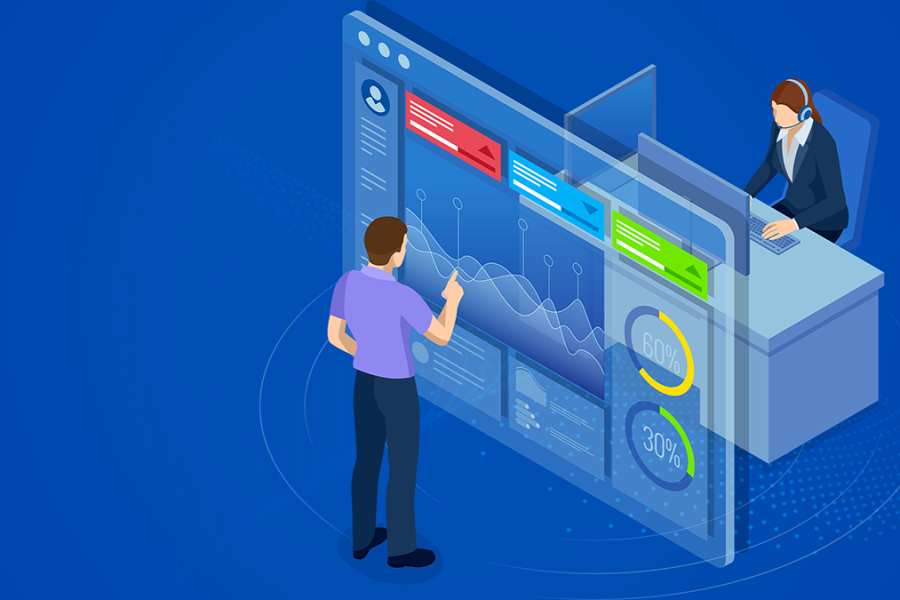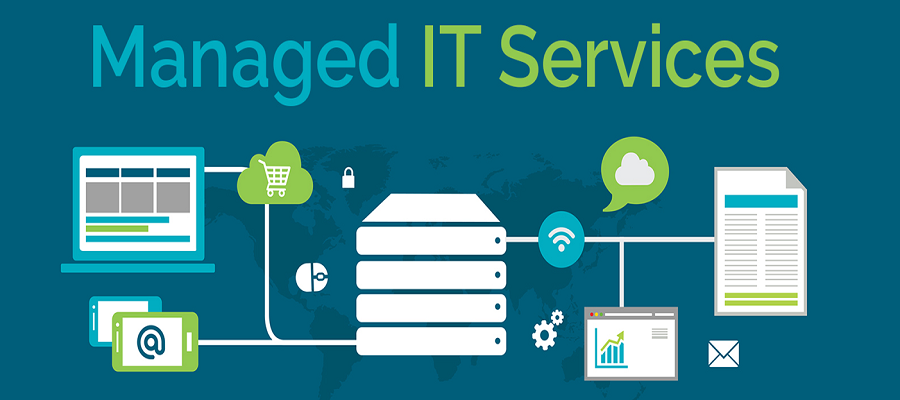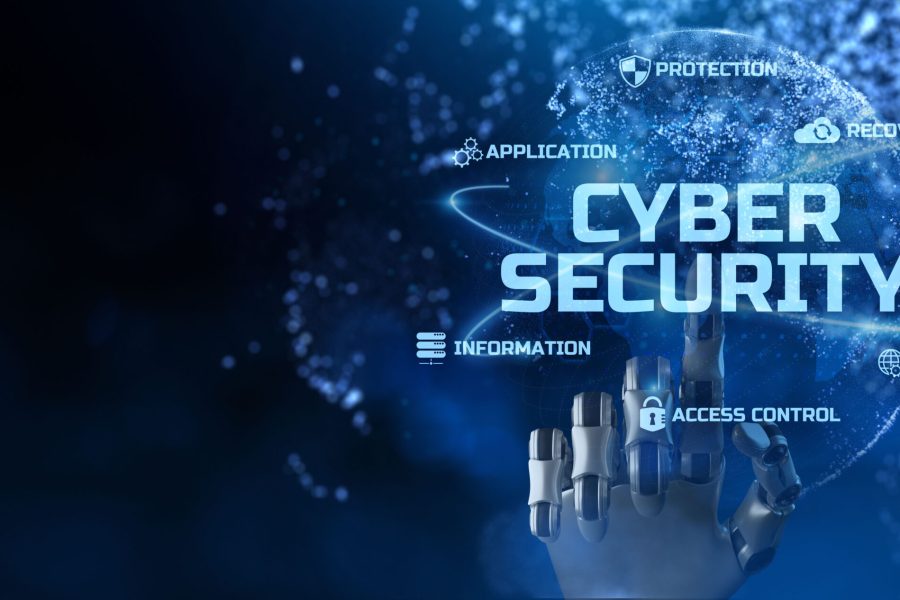Beyond Google: Exploring Alternative Search Engines for Privacy and Unbiased Results
Beyond Google: Exploring Alternative Search Engines for Privacy and Unbiased Results
In the digital age, search engines have become the gateways to the internet, providing answers to our queries, directions to websites, and much more. Among these, Google has long stood as the colossus, guiding billions of users in their online explorations. However, growing concerns over privacy, data sharing, and the quality of search results have led many to seek alternatives. In this comprehensive exploration, we delve into the world of alternative search engines, focusing on privacy-centric options like Brave and DuckDuckGo, the emerging market for paid search engines, and the advantages of subscription-based models over ad-supported ones. We also examine the privacy concerns associated with Google, particularly its relationship with Amazon and the impact on search result quality.
The Privacy-Centric Alternatives: Brave and DuckDuckGo
Brave Search
Brave, primarily known for its privacy-focused browser, has ventured into the search engine domain with Brave Search. Aimed at providing an ad-free experience, Brave Search emphasizes user privacy and does not track or profile its users. It uses its own indexing to deliver search results, striving for independence from the large tech entities that dominate the internet. Brave Search offers an ad-supported version and a paid, ad-free option, catering to users’ desire for privacy and unfiltered content.
DuckDuckGo
DuckDuckGo has been a pioneer in privacy-respecting search, operating on the principle that personal data should remain private. It doesn’t store search histories, doesn’t track users across the web, and it anonymizes search results to prevent targeted advertising. DuckDuckGo integrates with hundreds of sources and its own crawler to produce a comprehensive and varied search experience without compromising user privacy.
The Rise of Paid Search Engines
In response to growing dissatisfaction with ad-heavy and biased search results, there has been a rise in paid search engines. These platforms offer an ad-free experience, focusing on delivering quality search results without the influence of advertisers. Subscribers pay a fee, eliminating the need for data selling or advertising revenue. This model ensures that the search engine’s primary focus is on user satisfaction and high-quality results, rather than on maximizing clicks and ad revenue.
Advantages of Paid Search Engines
- Privacy: By relying on subscription fees, paid search engines eliminate the need to collect and sell user data, offering a more private search experience.
- Quality Over Quantity: These engines prioritize relevant and high-quality search results over sponsored content, reducing clutter and improving the overall user experience.
- Transparency: Subscription-based models often come with a higher level of transparency about how the search engine operates, including how results are ranked.
Addressing Privacy Concerns: The Google Conundrum
Google’s business model relies heavily on data collection and advertising revenue, raising significant privacy concerns. The search giant tracks searches, location data, and browsing activity to build detailed user profiles for targeted advertising. This practice has raised questions about user privacy and the control individuals have over their online information.
Google’s Relationship with Amazon
A notable concern is Google’s relationship with major online retailers like Amazon. Many have observed that Google’s search results tend to favor Amazon listings, even when better or more relevant options exist elsewhere on the web. This can be attributed to the lucrative advertising revenue from Amazon and the competitive advantage it provides in the search market. However, this practice can limit the visibility of smaller retailers and skew the natural discovery of information, pushing users towards a monopolized online shopping experience.
Conclusion: Embracing Alternatives for a Healthier Internet
The dominance of Google has shaped the internet in profound ways, but the growing concerns over privacy, data sharing, and biased results are pushing users to explore alternatives. Privacy-centric options like Brave and DuckDuckGo offer a breath of fresh air for those wary of being tracked online. Meanwhile, the emergence of paid search engines signals a demand for quality, unbiased search results free from the influence of advertisers.
As we navigate the vast digital landscape, the choice of search engine becomes more than just a preference; it’s a statement on privacy, data ownership, and the quality of information. By considering alternatives to Google, users can take a step towards a more private, unbiased, and diverse internet experience.








